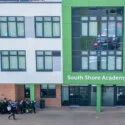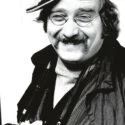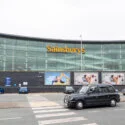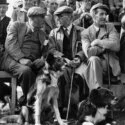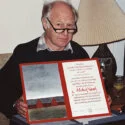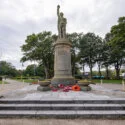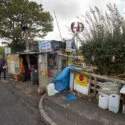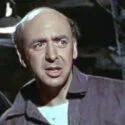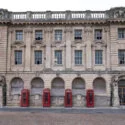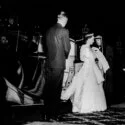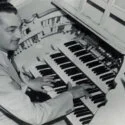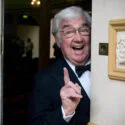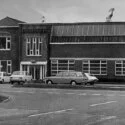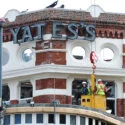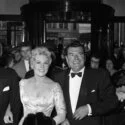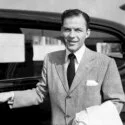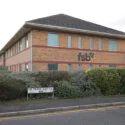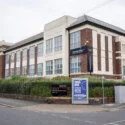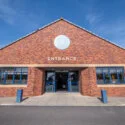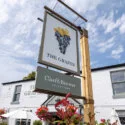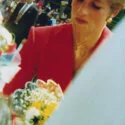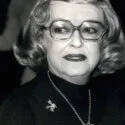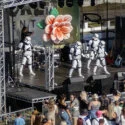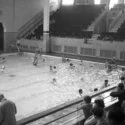The Blackpool Masonic Hall, standing proudly at the top of Adelaide Street where it meets Lower King Street, has been a cornerstone of local history and Freemasonry since the late nineteenth century. The land on which it stands was purchased on 1 February 1888 for £1,700 by the newly incorporated Blackpool Masonic Hall Ltd, established just two months earlier, on 2 December 1887. The company issued 6,000 £1 shares to fund the project. At that time, the land belonged to Whitaker Bond, landlord of the Stanley Arms, and Thomas Sankey, headmaster of St John’s School — with Sankey also serving as secretary of the new company.
Plans for the hall were approved in 1896, and two years later, on 7 May 1898, the foundation stone was laid by the Right Honourable Lord Skelmersdale. When the hall was completed, now under the leadership of Lord Lathom as the new Provincial Grand Master, it was officially opened on 23 September 1899. The original mortgage of £2,500 at 3¾ per cent was arranged soon after, though not all of the purchased land was immediately developed. A small adjoining plot was sold in 1900, bought back in 1919, and subsequently changed hands several times between the Masonic Hall Ltd and the Blackpool Trades Club before finally being repurchased in 1931.
By this time, the property had undergone several structural alterations. Rooms on the left of the entrance were merged into what became the dance floor, while the right-hand room was converted into an office, later becoming the ladies’ toilets. Upstairs, two bedrooms were combined into a rehearsal space, and the remaining rooms housed the live-in steward. The cornerstone was likely relocated to the interior lounge wall during these renovations, though records are unclear. According to local lore, guinea coins were discovered during this period of alteration. A later investigation in May 1999 revealed a hollow space above the commemorative stone, where a new time capsule was placed and sealed with a plaque.
Further expansion took place under Worshipful Brother Arthur Foster, Deputy Provincial Grand Master, who opened a new extension on 22 April 1932. The hall continued to thrive throughout the early twentieth century, hosting a growing number of Masonic lodges — sixteen new ones were consecrated in the Fylde area between the First World War and the early 1930s. The additional income helped pay off the mortgage by 1931.
In 1903, a bazaar had been held in the hall to help discharge earlier debts and raise money for charity. By 1914, 3,971 of the 6,000 shares had been taken up, and another £2,500 mortgage was arranged. The property was valued at £4,050, with the hall itself worth £3,600 and the adjoining plot £450. Income came from lodge rent (£100 per annum) and advertising on the gable wall by the Blackpool Billposting Company (£12 per year).
During the Second World War, an air raid shelter was built beneath the main entrance steps — likely in 1940 — to protect members and guests from bombing raids. Later, in the early 1980s, the first-floor steward’s quarters were repurposed after the decision was made that a live-in steward was no longer required. The upstairs area was rented to Roland Robinson’s solicitors, who already occupied the neighbouring buildings owned by the Masonic Hall Ltd.
Today, the Blackpool Masonic Hall remains one of the town’s most historically significant institutions — a building steeped in tradition, philanthropy, and community spirit. Much of the hall’s detailed history, including artefacts and records, has been preserved thanks to the efforts of Brother Martyn Jones, curator of the Museum of Freemasonry Blackpool, ensuring that the story of this proud building continues to be told for future generations.
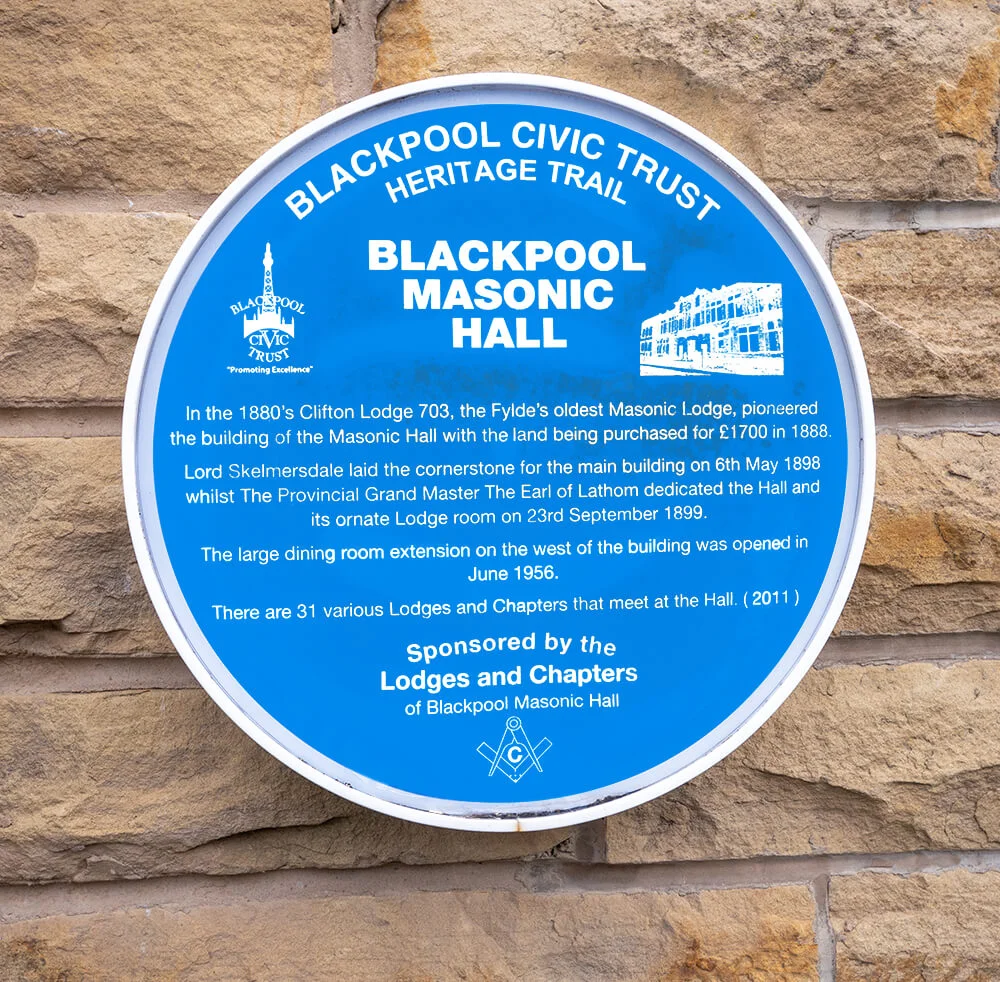
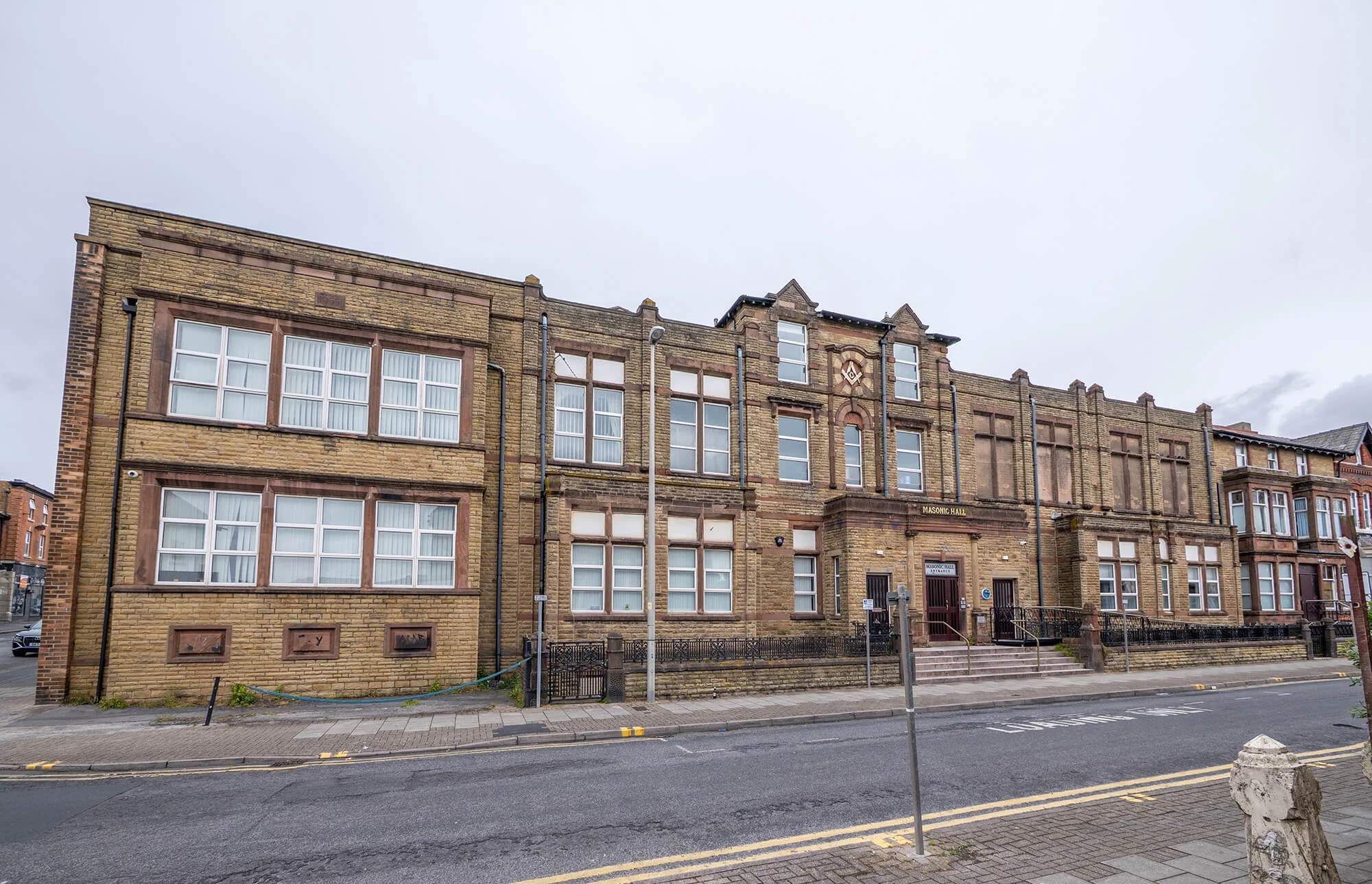
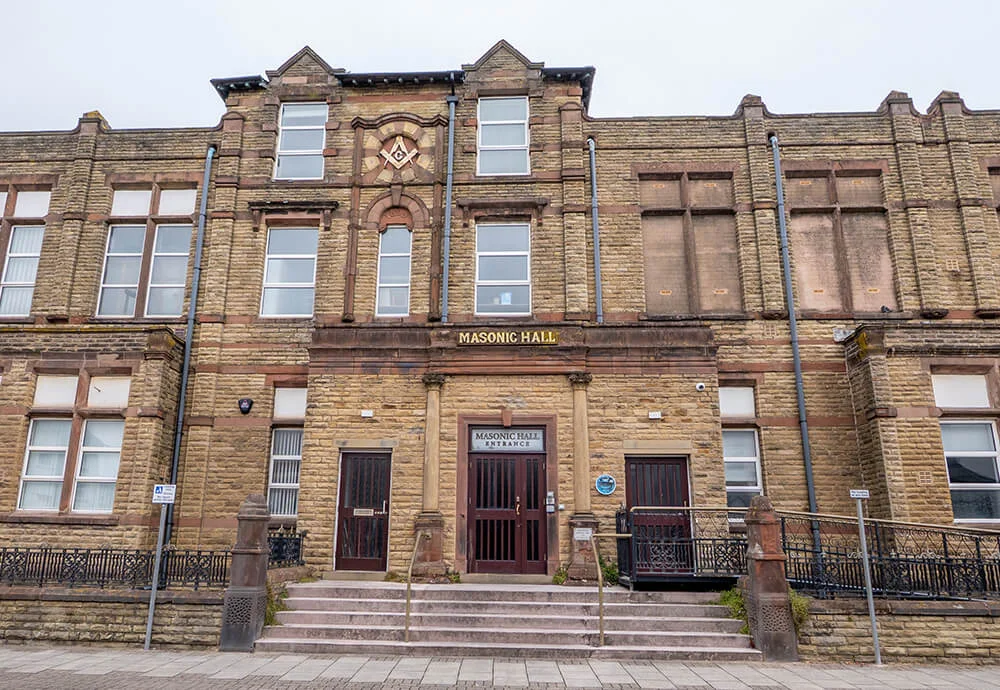
Text source: Showtown'swebsite
Images by © Deeper Blue Marketing & Design Ltd

